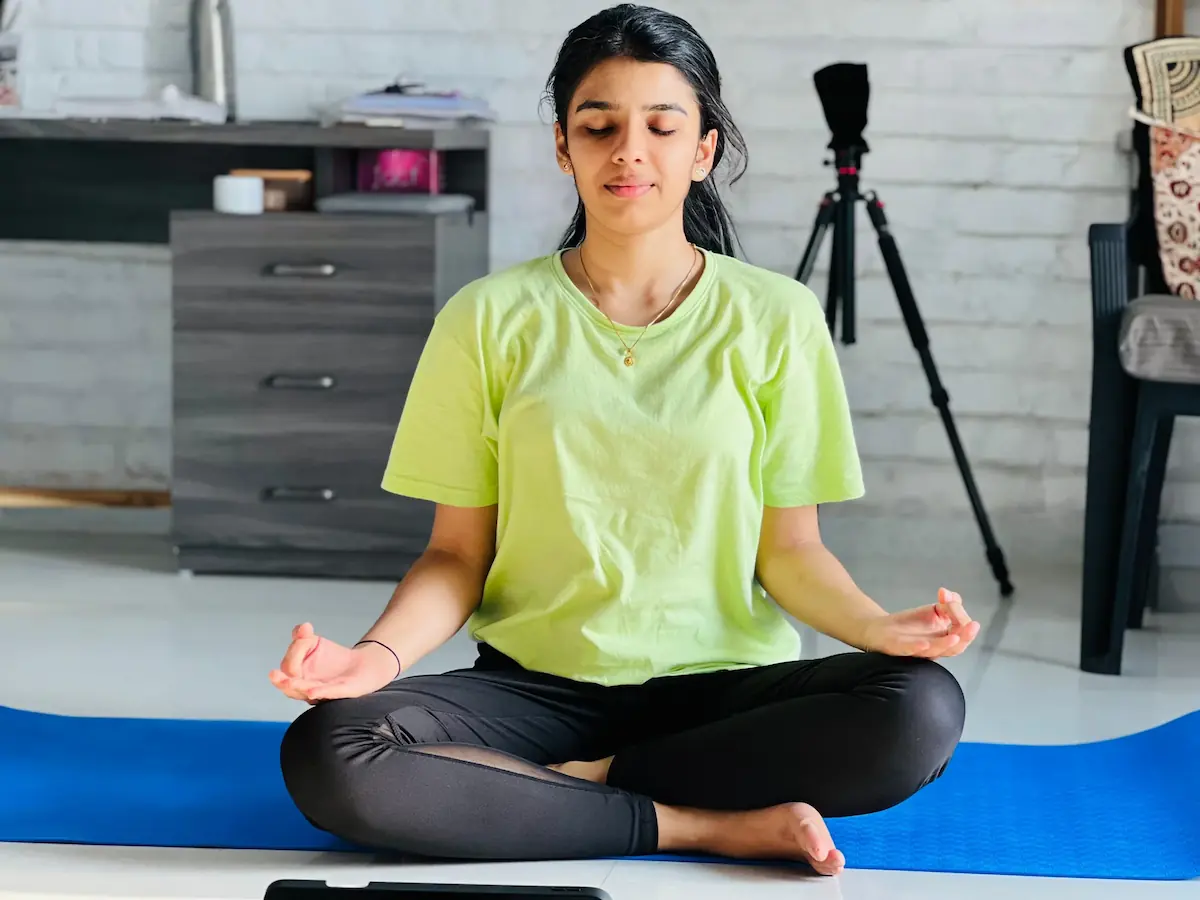Yoga is a wonderful way to improve both your physical and mental well-being. Whether you are new to yoga or looking to enhance your routine, practicing a variety of poses can help you build flexibility, strength, and stamina. The best part? You can do these yoga poses at home, in the comfort of your own space. In this guide, we will explore ten beginner-friendly yoga poses that can transform your body, improve posture, and bring balance to your life.
Warrior 3 (Virabhadrasana III)
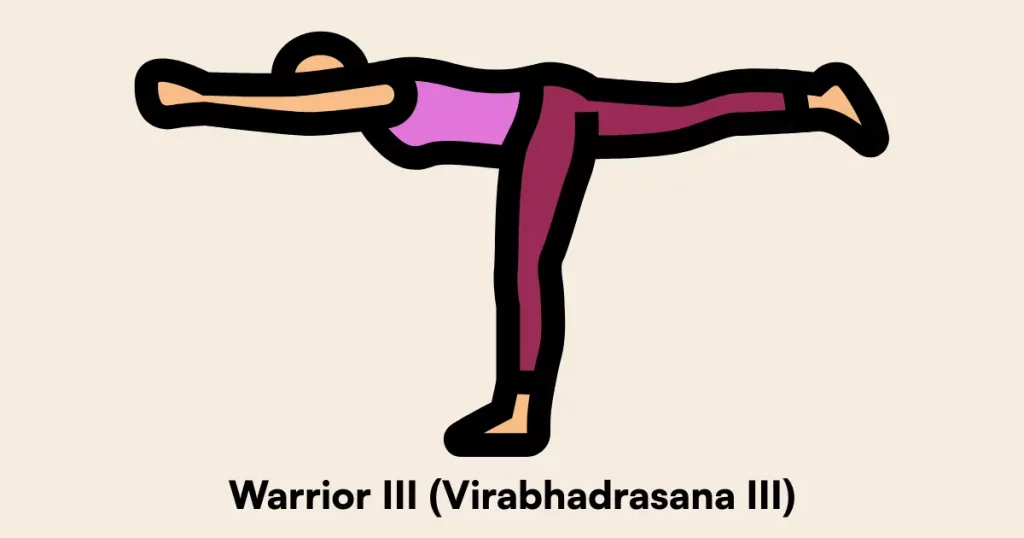
How to do it:
- Start by standing tall and shifting your weight onto one foot.
- Slowly lift your other leg behind you while extending your arms in front of you.
- Keep your body in a straight line from head to toe, and engage your core to maintain balance.
Benefits: - Strengthens legs, core, and back.
- Improves balance and focus.
Tips: - Ensure your lifted leg is straight and aligned with your torso.
- Avoid arching your back.
Bridge Pose (Setu Bandha Sarvangasana)
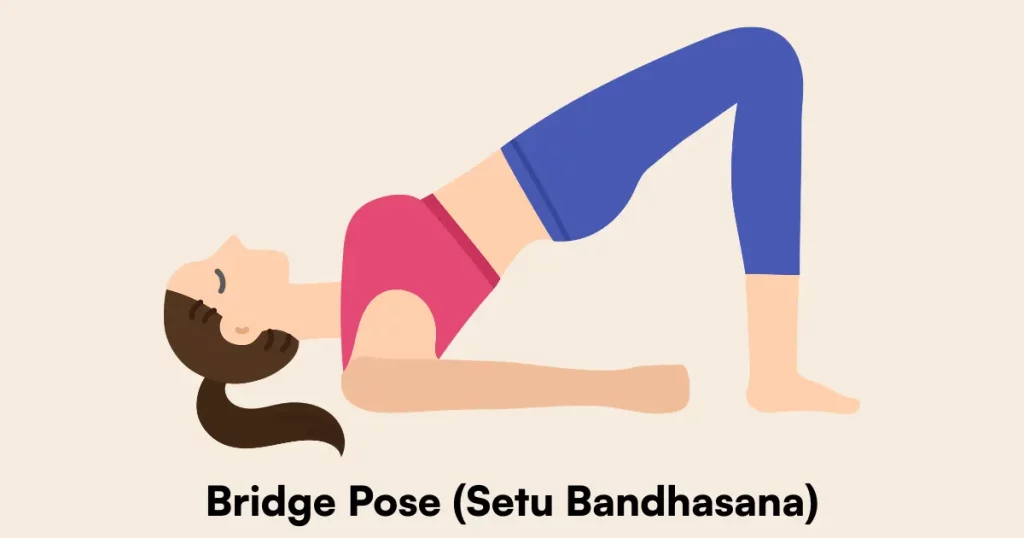
How to do it:
- Lie on your back with your knees bent and feet flat on the ground.
- Lift your hips towards the ceiling, squeezing your glutes and engaging your core.
- Place your arms on the floor or interlace your fingers beneath your back for extra support.
Benefits: - Strengthens the back, glutes, and hamstrings.
- Opens the chest and shoulders.
Tips: - Keep your knees aligned with your hips and avoid letting them splay outwards.
Downward-Facing Dog (Adho Mukha Svanasana)
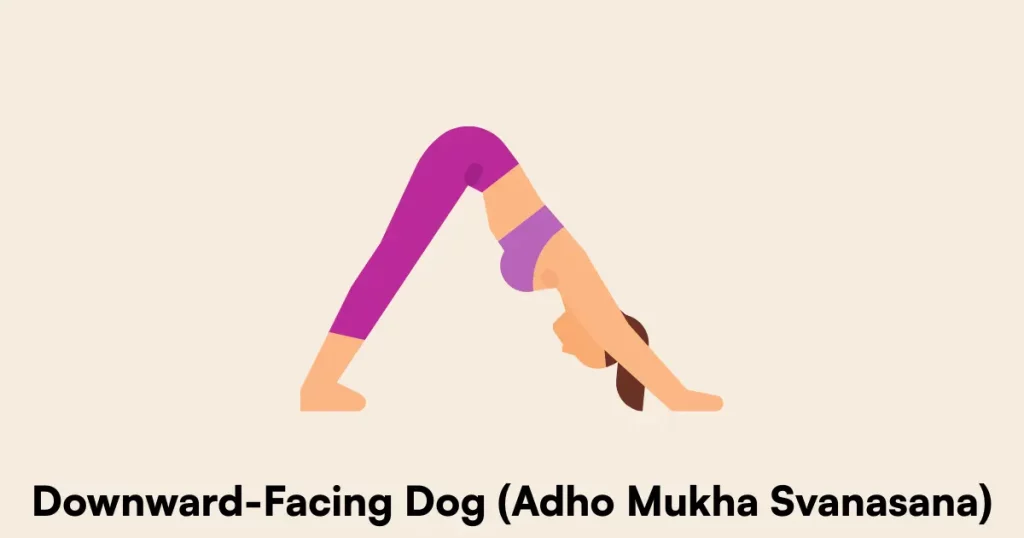
How to do it:
- Begin in a tabletop position with your hands and knees on the floor.
- Lift your hips toward the ceiling, straightening your arms and legs.
- Press your heels toward the floor and lengthen your spine.
Benefits: - Stretches the hamstrings, calves, and spine.
- Strengthens the arms, shoulders, and core.
Tips: - Keep your hands shoulder-width apart and feet hip-width apart.
- Focus on pressing your chest toward your thighs.
Upward Dog (Urdhva Mukha Svanasana)
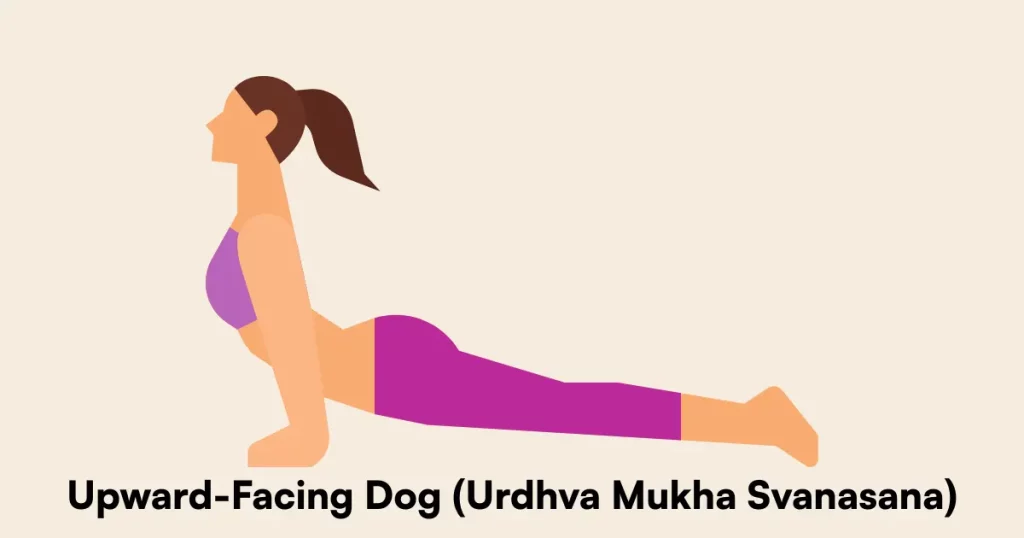
How to do it:
- Start lying flat on your stomach with your hands placed beside your chest.
- Press into your hands, straightening your arms and lifting your chest, thighs, and pelvis off the ground.
- Keep your elbows slightly bent and engage your core.
Benefits: - Strengthens arms, shoulders, and back.
- Opens the chest and lungs.
Tips: - Avoid over-arching your lower back.
- Keep your legs engaged, with the tops of your feet pressing into the ground.
Reclining Hero (Supta Virasana)
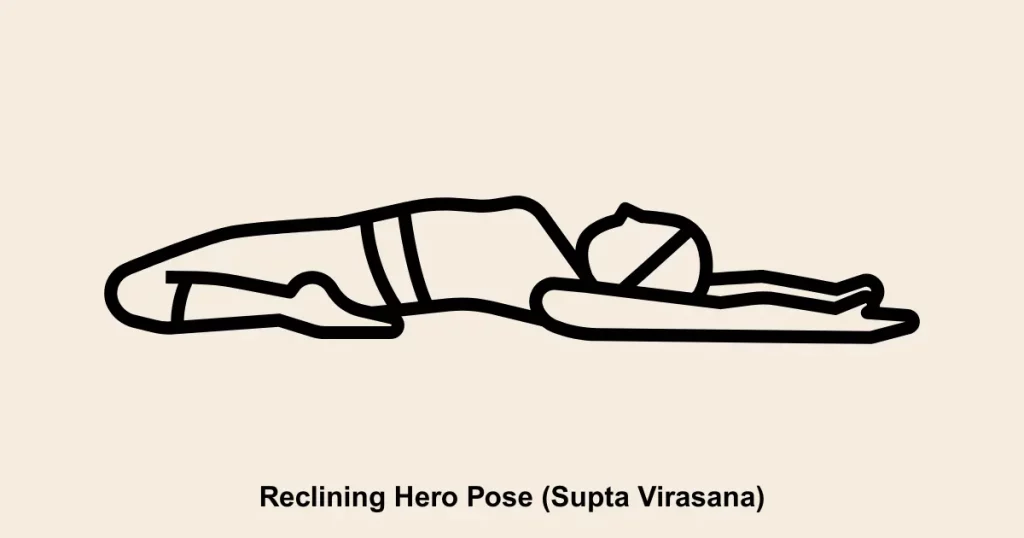
How to do it:
- Start by kneeling with your knees together and feet pointing outward.
- Slowly lower your back toward the floor, using your hands for support, until your back is flat on the ground.
Benefits: - Stretches the quadriceps, back, and thighs.
- Helps improve flexibility and relieve tension in the legs.
Tips: - Use a cushion under your back or knees if you feel discomfort.
- Keep your chest lifted and avoid sinking into the lower back.
Child’s Pose (Balasana)

How to do it:
- Begin by kneeling on the floor and sitting back on your heels.
- Lower your chest to the floor, extending your arms out in front of you or alongside your body.
- Rest your forehead on the mat and relax your body into the stretch.
Benefits: - Relieves tension in the back, neck, and shoulders.
- Calms the mind and reduces stress.
Tips: - If your knees are uncomfortable, place a cushion between your thighs and calves.
- Focus on deep, calming breaths.
Eagle Pose (Garudasana)

How to do it:
- Stand tall, and cross one leg over the other while bending both knees.
- Wrap your arms around each other so your palms are pressed together.
- Lift your elbows up while maintaining balance on one leg.
Benefits: - Improves balance, strengthens the core, and increases shoulder and hip mobility.
- Enhances flexibility in the legs and arms.
Tips: - Engage your core to maintain balance.
- Avoid collapsing in your upper back.
Shoulder Stand (Sarvangasana)

How to do it:
- Lie on your back and lift your legs toward the ceiling.
- Bring your hands to your lower back for support as you raise your legs, torso, and hips.
- Keep your legs straight and body aligned, with your neck in a neutral position.
Benefits: - Strengthens the core and shoulders.
- Increases blood circulation to the upper body.
Tips: - Avoid turning your head while in the pose.
- Use a blanket under your shoulders to avoid straining the neck.
Triangle Pose (Trikonasana)
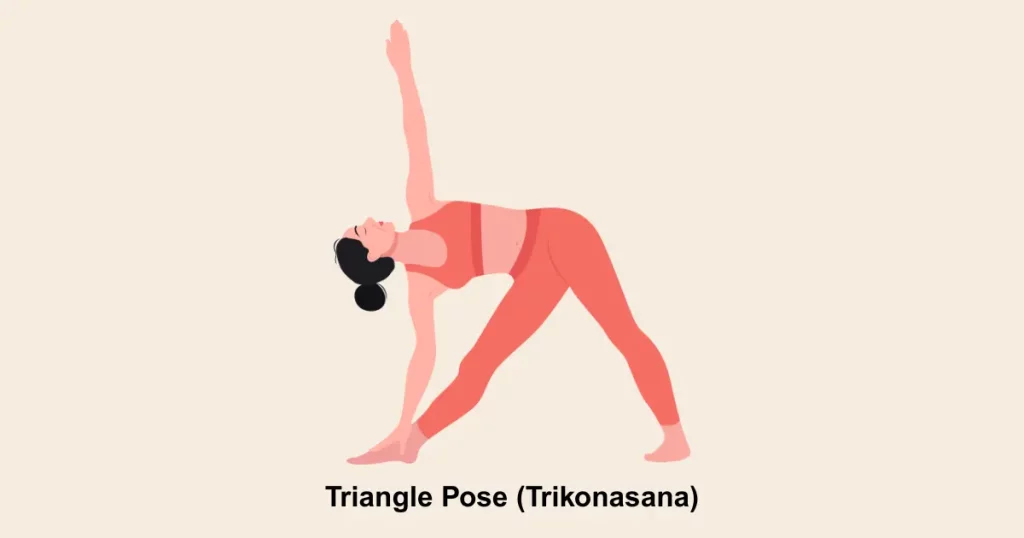
How to do it:
- Stand with your feet wide apart, and turn one foot out.
- Extend your arms parallel to the floor, and slowly reach toward your foot, bringing your hand down to your shin, ankle, or the floor.
- Look up at the other hand.
Benefits: - Stretches the legs, hips, back, chest, and shoulders.
- Strengthens the legs and core.
Tips: - Keep both legs straight and avoid collapsing your chest.
- Ensure your feet are firmly planted on the floor.
Cobra Pose (Bhujangasana)
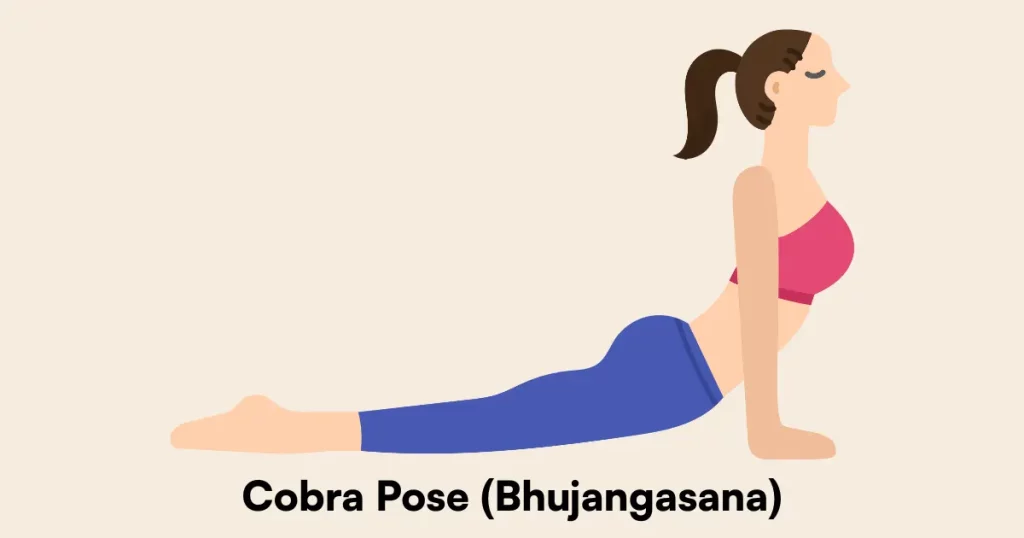
How to do it:
- Lie face down with your legs extended behind you and hands under your shoulders.
- Press into your hands as you lift your chest and upper body off the ground, keeping your elbows slightly bent.
Benefits: - Strengthens the back and shoulders.
- Improves spinal flexibility.
Tips: - Engage your core to protect your lower back.
- Keep your elbows close to your body.
Conclusion:
Incorporating these 10 yoga poses into your routine can significantly enhance your flexibility, strength, and stamina. Yoga is a practice that rewards consistent effort, so try to practice these poses daily to experience their full benefits. Whether you’re a beginner or an experienced practitioner, yoga can help you improve both your physical health and mental well-being. Stay patient, enjoy the process, and remember that every stretch brings you closer to a more balanced and stronger you!
FAQs
Q1: How long should I hold each pose?
- Hold each pose for 20-30 seconds, gradually increasing the time as you become more comfortable.
Q2: Can yoga help with stress relief?
- Yes, yoga can help reduce stress by encouraging relaxation and mindfulness.
Q3: Is it necessary to have a yoga mat?
- While a yoga mat is recommended for comfort and grip, you can also practice on a soft surface or carpet.
Q4: How often should I practice yoga?
- Aim for at least 3-4 sessions a week for optimal benefits.

